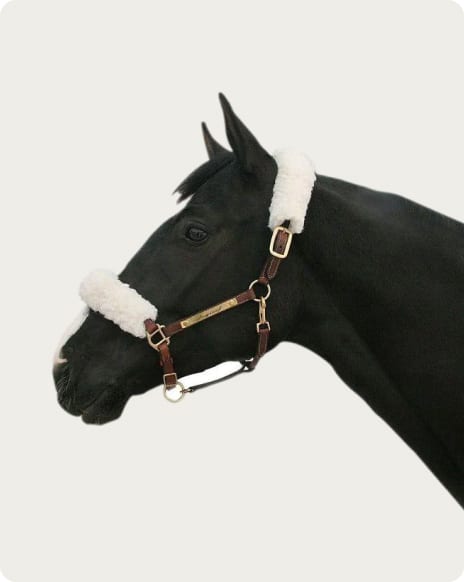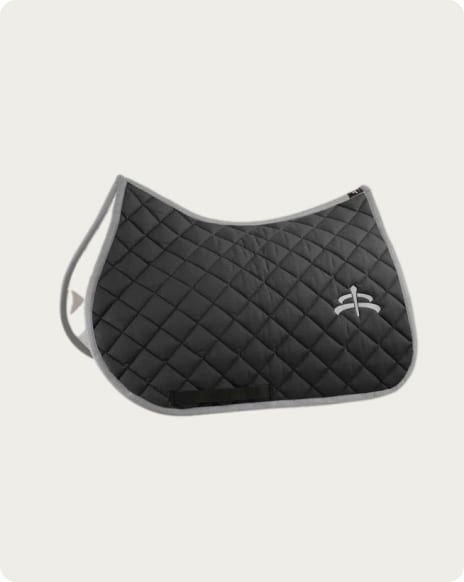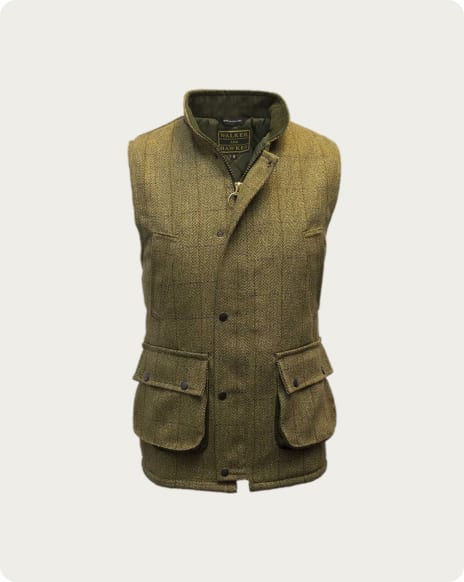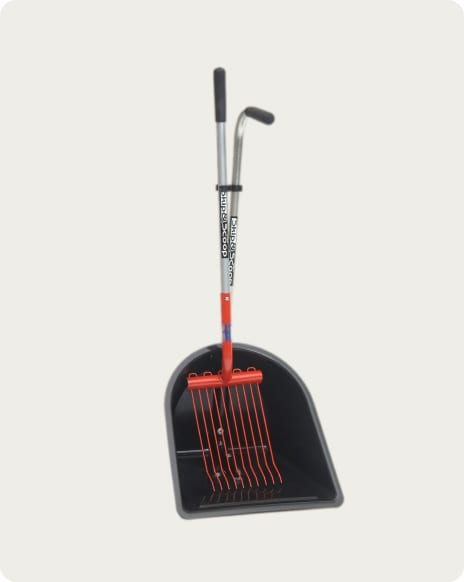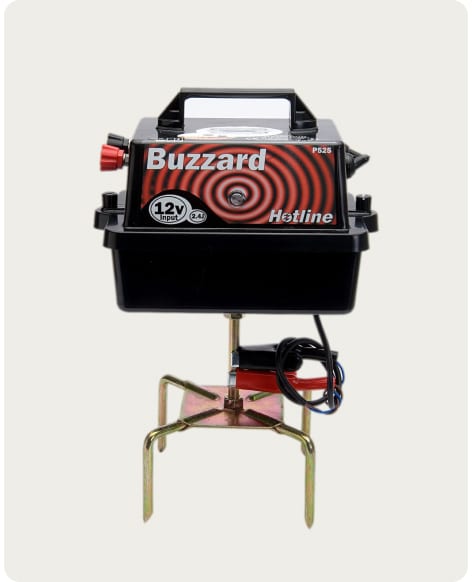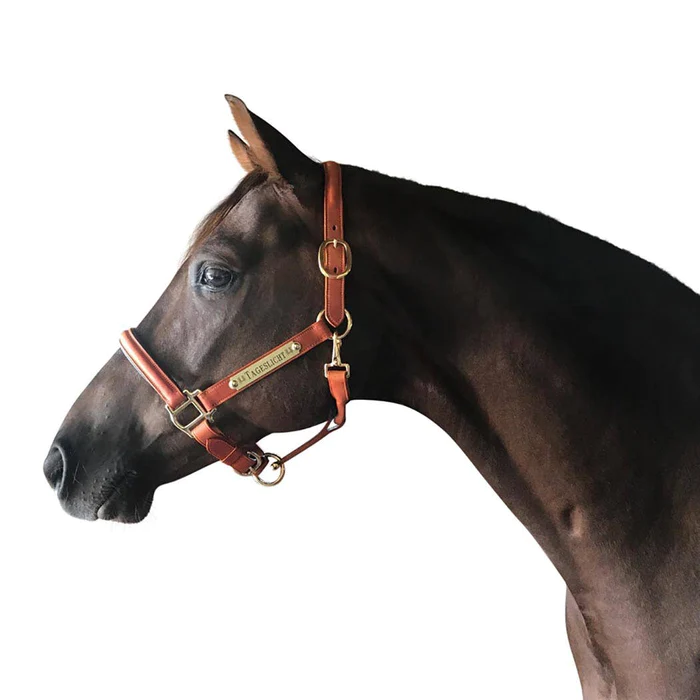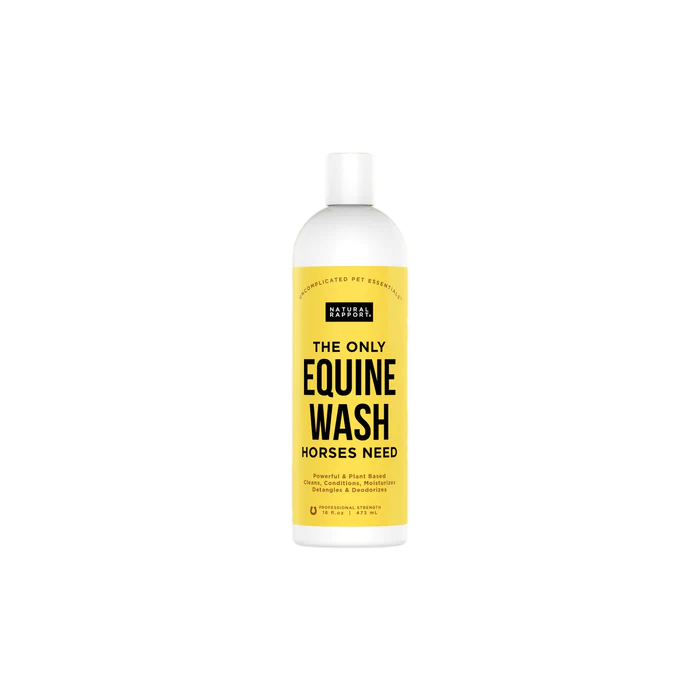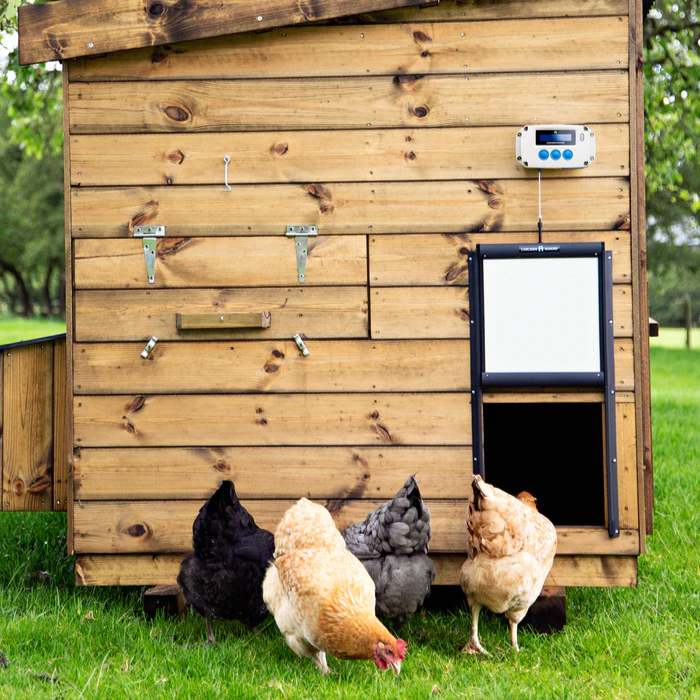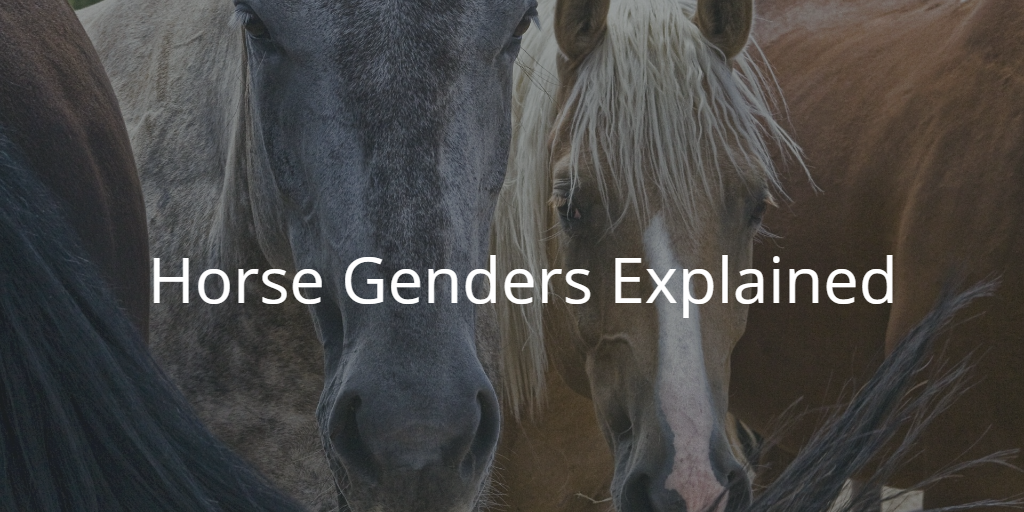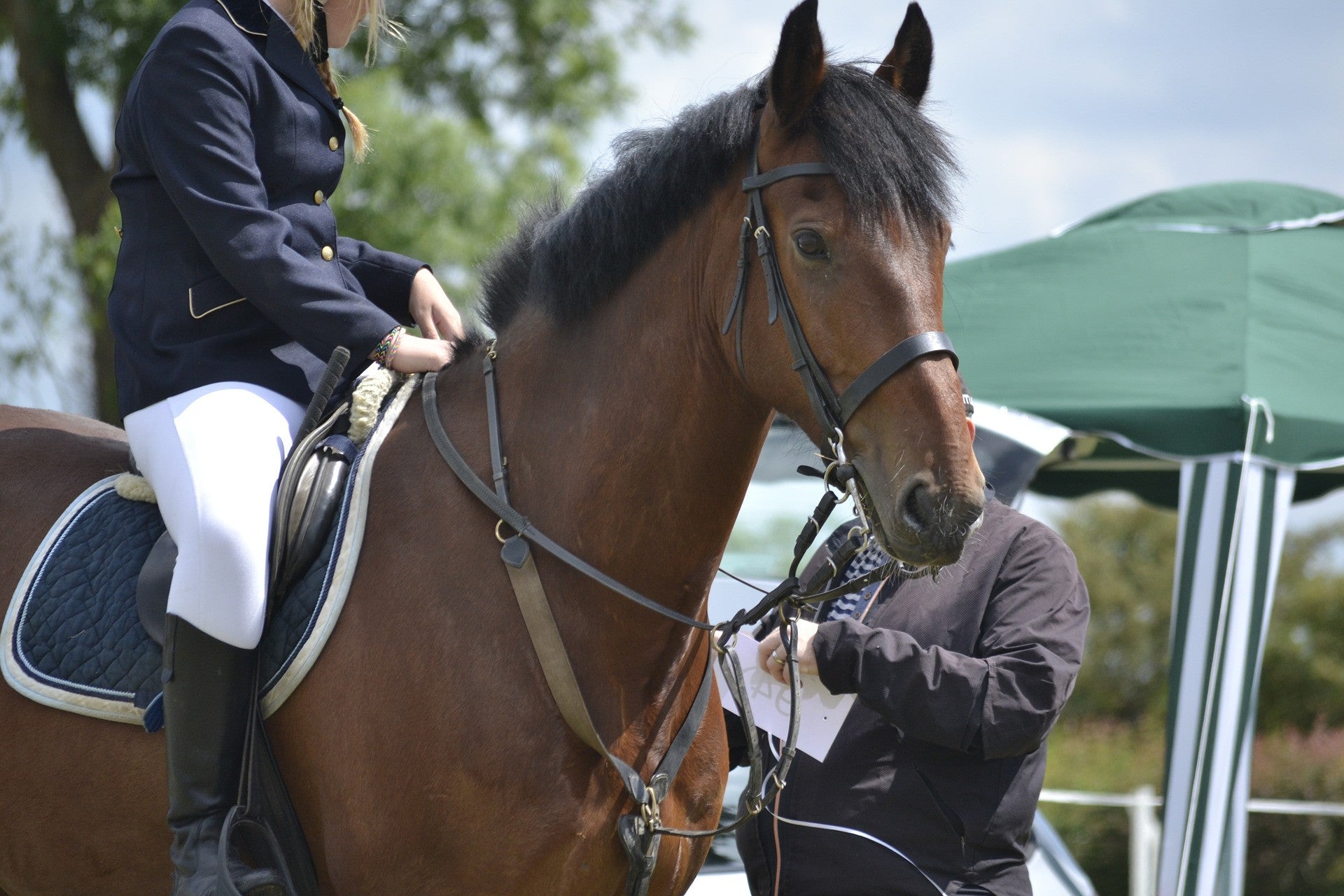Lunging (also spelled “lungeing”) is an effective way to not only train your horse, but as an alternative method of exercising your horse. It is also the basis for the sport of equine vaulting, is used to start training a horse, to teach someone to ride a horse as well as to improve a rider’s seat. Once you have taught your horse how to lunge, you can use this training technique to enhance its training, such as teaching your horse to jump or using side reins to improve your horse’s way of going.
Equipment You'll Need
You will need several pieces of lunging equipment to teach your horse how to lunge including: a halter/head collar, a lunge line/rein, a lunge whip, and good grip gloves. Some people will use a cavesson instead of a halter. This is personal preference as either piece of equipment can be used. In addition, you will need to have access to a flat space – either outdoors or indoors – where you can have your horse do a minimum of a 20-meter circle around you. You can also teach your horse to lunge in a round pen of that is at least 20 meters in diameter.
How to Lunge
With the lunge line attached to the halter and holding a lunge whip by your side  (while wearing gloves with a good grip), lead your horse into the area where you will be training. Start by leading your horse in a small circle around you at a walk. If your horse gets excited and/or pulls away from you, drop the lunge whip on the ground, say “whoa” or “stand” and calmly walk up to your horse and begin the process again by walking your horse in a small circle around you. By using voice commands, your horse will learn that “whoa” or “stand” means to stop; “walk” means to walk; “trot” means to trot; and “canter” means to canter. Saying each command differently will help your horse learn the commands. For example, saying “w-a-a-l-l-k-k” by drawing out the a, l, and k; saying “trot” crisply; and saying “can-ter” as two long syllables clearly distinguishes each command.
(while wearing gloves with a good grip), lead your horse into the area where you will be training. Start by leading your horse in a small circle around you at a walk. If your horse gets excited and/or pulls away from you, drop the lunge whip on the ground, say “whoa” or “stand” and calmly walk up to your horse and begin the process again by walking your horse in a small circle around you. By using voice commands, your horse will learn that “whoa” or “stand” means to stop; “walk” means to walk; “trot” means to trot; and “canter” means to canter. Saying each command differently will help your horse learn the commands. For example, saying “w-a-a-l-l-k-k” by drawing out the a, l, and k; saying “trot” crisply; and saying “can-ter” as two long syllables clearly distinguishes each command.
As your horse is able to calmly walk around you in a small circle you can begin letting out the lunge line farther and farther so that your horse is making a larger circle until your horse is as far out as the lunge line can allow. If your horse is hesitant to move away from you, slowly point the end of the lunge whip between their wither and their rump, encouraging them to move away from you while simultaneously extending your arm away from your body to also encourage your horse to continue forward on the circle. When lunging your horse, remain in the centre of the circle with your body aligned with the horse’s mid-point, located just behind their withers.
Once your horse is able to walk a 20-meter circle around you, you can ask your horse to trot using your voice, a small cluck, and gently encouraging your horse to move forward with the lunge whip if needed. When the walk and trot have been mastered, you can introduce the canter.
There are several things to remember when training your horse to lunge on a lunge line. Horses learn at different rates. Some learn faster than others, so you need a great deal of patience. Remain calm and be consistent in your aids including your voice commands. When you ask your horse to stop, use either the word “whoa” or “stand”. Trot means that the horse should trot; canter means that the horse should canter. If you do not use the same words with the same inflection, your horse will become confused.
You will want to lunge your horse in both directions – to the left and to the right – as well as through all three gaits. To safely turn your horse in the other direction at the end of the lunge line, tell your horse to “whoa”, then ask them to go the other way. If your horse has been lunging to the left and you want them to circle to the right, “whoa” your horse, move the lunge line from your left to your right hand, and move the lunge whip from your right to your left hand. Reposition yourself by walking around the front of your horse. You are then prepared to ask your horse to walk in the opposite direction.
Once your horse is able to work through all three gaits in both directions, you can mix things up by having your horse work through different transitions (walk to canter, canter to walk, trot to canter back to trot, etc.). As your horse learns your voice commands, you can un-do the lunge line from the halter and ask your horse to lunge around you simple by voice commands and repositioning your body. (Remember to do this in an enclosed arena or corral.)
You can also use lunging to teach your horse to jump by lunging your horse over a pole or two on the ground. Using various heights of cavalletti also set on the circle, you can lunge your horse over these. It is a great way to introduce your horse to jumping without having a rider on their back. And, lunging your horse with side reins and a surcingle or saddle at one end and to a bridle with bit or a cavesson at the other – encouraging them to move forward from their hind end – will help with balance and to teach your horse to stay on the bit. (Though never teach your horse to jump with side reins attached.)
Lunging as a method to train horses has been used for centuries. It is a very versatile method that can be used to exercise a horse, to teach a horse to jump, to work on the horse’s transitions through different gaits, to help a rider improve their riding skill, and as the foundation for equine vaulting. Everything that you need to lunge your horse effectively – gloves, a lunge line, lunge whip, halter or cavesson, side reins, surcingle or saddle – can be found in our catalog!
Bathing or showering a horse after lunging is a good idea, especially if the horse worked especially hard.



